by Bethany Blankley
Schools throughout the country are experiencing teacher shortages due to several factors. In some states, legislatures have responded by lowering substitute teaching standards. In others, schools are calling on parents to fill the gap or are simply closing schools because they don’t have enough staff.
School choice advocates say it’s time to start funding students instead of government-run public school systems.
Nationwide, according to Burbio.com‘s school closure tracker, 7,164 schools were “actively disrupted (not offering in-person learning) on one or more days during the week beginning January 10th.” Accompanying the tracker is a map, which shows which schools nationwide are closed or are providing no in-person instruction by day and week. The site, an industry leader in aggregating school, government, library and community information, tracks school closures and mask policies.
In Texas, at the Austin Jewish Academy, parents have been asked to substitute teach due to teaching shortages. In Hays County, just south of Austin, its Consolidated Independent School District posted on Facebook that it’s hiring “certified and eligible noncertified” substitute teachers. Parents can substitute even if they don’t have the required 30 college hours.
The Richardson Independent School District, farther north in the Dallas metro area, has also asked parents to fill in to meet “immediate and critical shortages.” Parents have been asked to volunteer in a range of positions despite paying the district more in increased school taxes. Richardson ISD increased its tax rate by 2.41% for maintenance and operations. The school district is asking parents to volunteer as cafeteria monitors, central office assistants or substitute teachers.
In California, Palo Alto Unified School District’s superintendent posted a video asking for volunteers so that the district’s schools could stay open.
“We can’t keep up. There’s no labor pool,” Superintendent Don Austin told parents. “No amount of money can solve this issue. We need your help.”
Since the beginning of the current academic year, many Michigan schools closed because of staff shortages. To provide a temporary solution, the state legislature passed a bill, which Democratic Gov. Gretchen Whitmer signed Dec. 23.
The new law allows any previously vetted school district employee with a high school diploma to substitute teach: including bus drivers, janitors, cafeteria workers, library aides, secretaries, and others. The law sunsets at the end of the current school year.
The legislatures of Iowa and Missouri also passed laws lowering education requirements for substitute teachers, the National Council of Teacher Quality reported.
As taxes go up, choices decline, and students suffer academically and emotionally, Corey DeAngelis, National Director of Research at the American Federation for Children, says these are all examples of the flawed approach of funding school systems instead of students.
“School closures have hurt children academically, mentally, and physically,” he told The Center Square. “Two weeks to slow the spread has turned into two years to flatten a generation. Public schools spend over $15,000 per student per year, on average. It’s time to give that money directly to families so they can find alternatives. We should fund students, not systems.”
He also advocates that parents should be given money directly to educate their children in a school of their choice.
“The system is broken beyond repair,” DeAngelis said.
Public school staffing shortages have been going on for some time nationwide.
According to a 2021 Frontline Education survey of 1,200 school district administrators and principals, 67% reported a shortage of substitute teachers. Two-thirds reported teacher shortages, a record high since the survey was first launched in 2015.
“Teacher shortages are most common in urban school systems, with 75% of districts in cities of any size reporting shortages,” the report states; 65% of rural districts reported shortages, as did 60% of suburban districts.
A 2020 EdWeek Research Center survey found that nearly three-quarters of school and district leaders said their need for substitute teachers was up, but applications were down. As a result, one-third of those surveyed said they could fill 50% or fewer of their absent teachers’ classes with substitutes; 80% said they left at least some classes uncovered.
One result, combined with other factors, was that more parents withdrew their children from public school. The U.S. Census Bureau reported the number of U.S. households who home-schooled their children in the 2020-2021 school year doubled from the previous year.
This number is only expected to go up, the Texas Homeschool Coalition, argues. The group saw a 400% increase in requests from parents to help them process withdrawal requests from public schools in 2020; in 2021, the number was five times greater.
By the end of the school year, more than 750,000 students were being home-schooled in Texas, more than all private and charter school students combined, the coalition notes. It also estimates that Texas home-school families save the state more than $7 billion a year.
Nationally, a plurality of parents who chose other options, 34%, said they primarily withdrew their children because of concerns related to the school environment; 21% to provide moral or religious instruction; 17% because they were dissatisfied with the school’s academic instruction.
According to a RealClear Opinion Research poll last year, 40% of registered voters said they were more likely to home-school after their state’s respective lockdowns ended.
While John Schilling, president of the American Federation of Children, said at the time of national school lockdowns that “policymakers owe it to the taxpayers who are footing the $800 billion K-12 education bill to maximize their investment by ensuring every child has access to a quality education and outcomes are improved across the board.”
A year later, policy makers are asking parents to step in to fill the gap left by teachers and staffing shortages. And parents are still fighting legal battles with their local school boards and governments over a range of issues, including potentially being labeled as domestic terrorists by the U.S. Department of Justice.
– – –
Bethany Blankley is a contributor to The Center Square.
Photo “Teaching Students” by US Department of Education. CC BY 2.0.

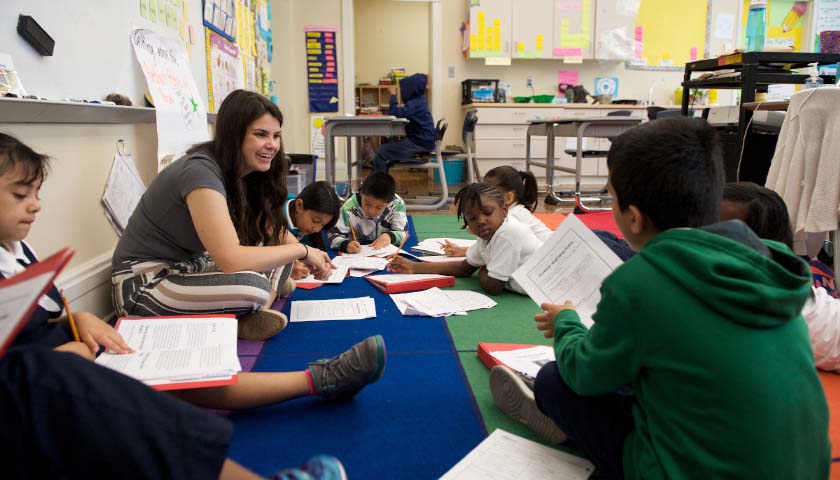
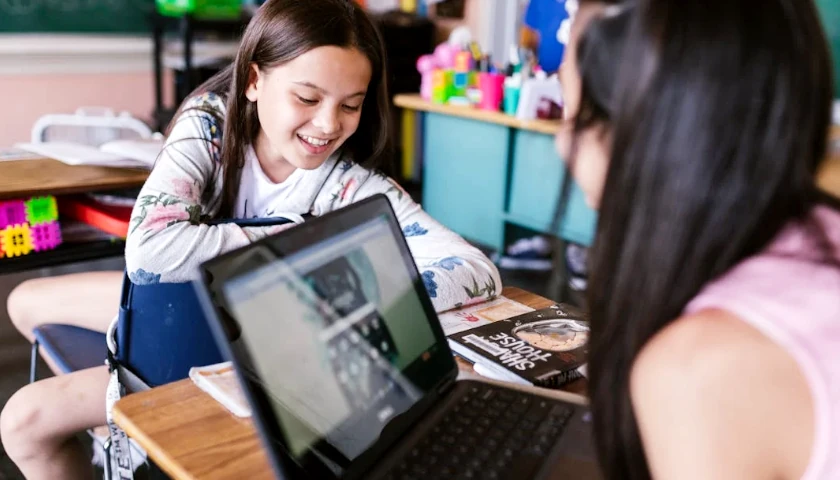
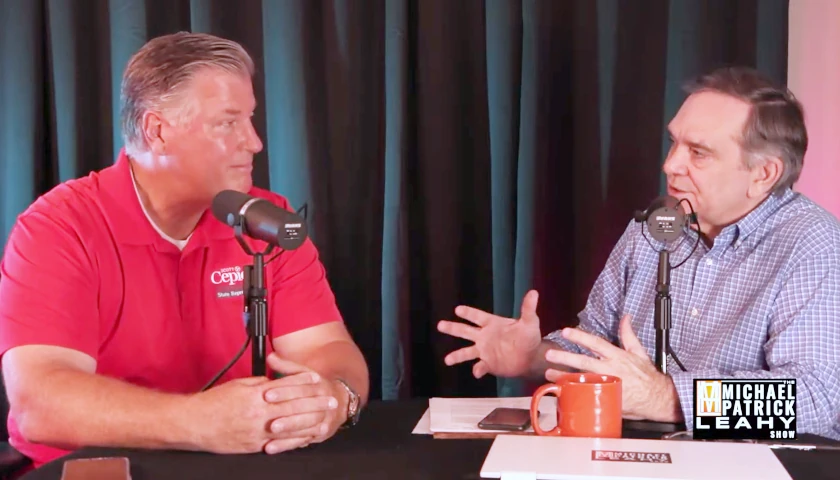
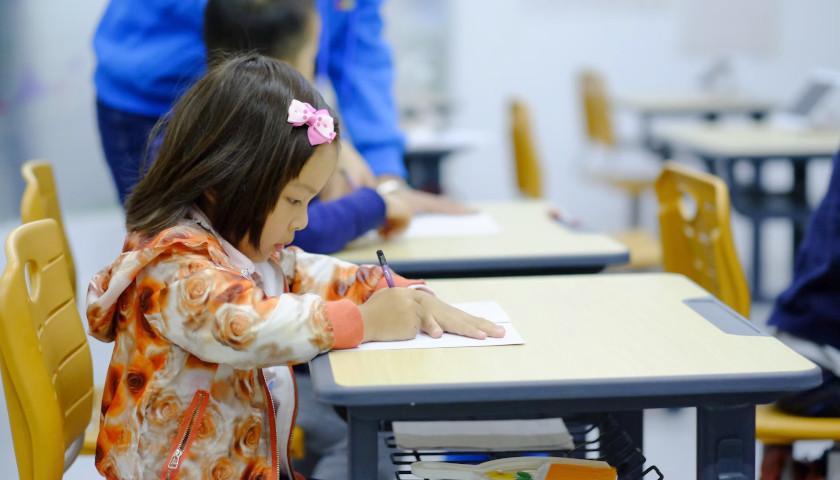
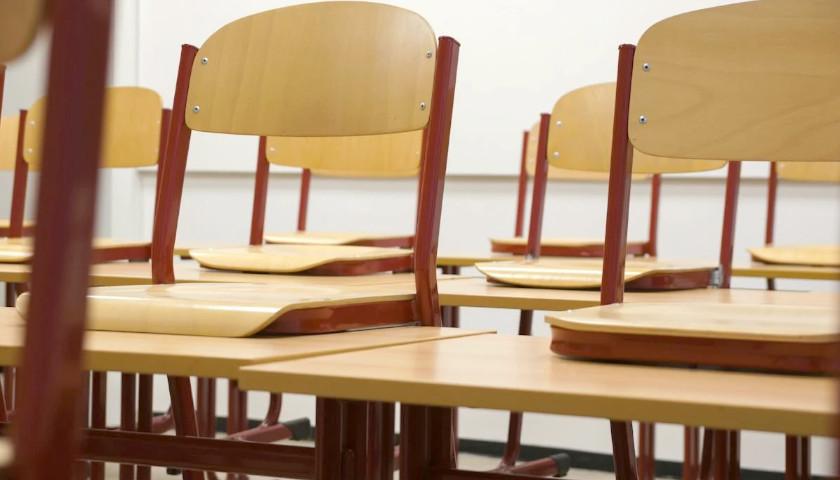
I continually hear the worn out refrain that teachers are underpaid and overworked. I say hogwash. I do respect and commend those teachers who are dedicated to providing a quality education but it sure appears to me that the number of those has greatly diminished over time. As far as classroom size goes. I received a quality education from dedicated and quality teachers in a small and poor district with an average class size of 30. Maybe the problem is not class size but the lack of discipline within the classroom. Or maybe it is partially the blame of subpar teaching skills. What Ido know for sure is that the quality of public education continues to decline while the costs and excuses accelerate at a breakneck speed.
I agree with you on various points ragtop. Most teachers I know would be thrilled with a classroom holding around 30 students, instead they have 45 children in class including those students who ought to be in a remedial class. Budget cuts have eliminated those classes, now those students are main streamed back into the class creating disruptions and retarding fellow classmates learning. I also agree there are some bad teachers, however those bad apples are truly a minority. My frustration is parental irresponsibility and they’re not being held accountable for the conduct of their child. Teachers aren’t disciplinarians, that is a parental responsibility. School safety workers and in school social workers, if they yet exist, do not replace the parent. I fully agree with you in the decline of public-school education. The results in California post pandemic measures are dismal with close to 40% not testing to their required level.
Dr Ken. I appreciate your sincere and thoughtful comments. I have been in a number of local classrooms over the past 6-8 years and have NEVER seen a class of anywhere close to 45 except for such group activities such as music, phys ed and sports. I disagree with you that teachers are not disciplinarians. They are responsible for discipline within their classroom. I do agree that the problem is primarily rooted in lazy and undisciplined parents. But that fact does not lessen the problem. As for remedial classes – the proven concept of remedial classes has historically been to not pass and/or promote a failing student but rather to require the repeat of the failed work until they can show competence. But that has fallen out of favor because it might embarrass little John or Jane. Plus it might actually identify incompetence in the teaching ranks. We could not allow that! Finally, one of my pet peeves is ESL. The influx of non-English speaking students slows down and dumbs down the educational process. Given the authority, I would require any such student to learn English at their own cost instead of harming the schooling of all. That is what my immigrant parents did and it worked for them.
I have utmost respect and admiration for teachers. They are grossly underpaid and underappreciated. It comes as no surprise there are teacher shortages. School boards, generally composed of politicos who, while untrained in education, foist their political agendas on the teaching curriculum. Parents, who at one time supported teachers, now seemingly view teachers as babysitters to occupy the time of their children during the day. Distance or remote learning is not working, academic skills are in a free fall. It is long overdue to compensate teachers accordingly. Classroom size needs to be regulated at a manageable level. Parents need to be held accountable for the conduct of their child in school. Finally, the students need to return to the classroom, face-to-face learning.